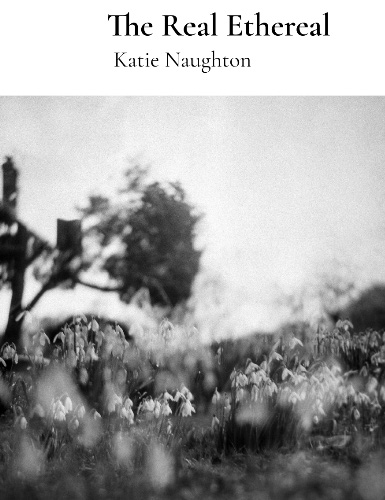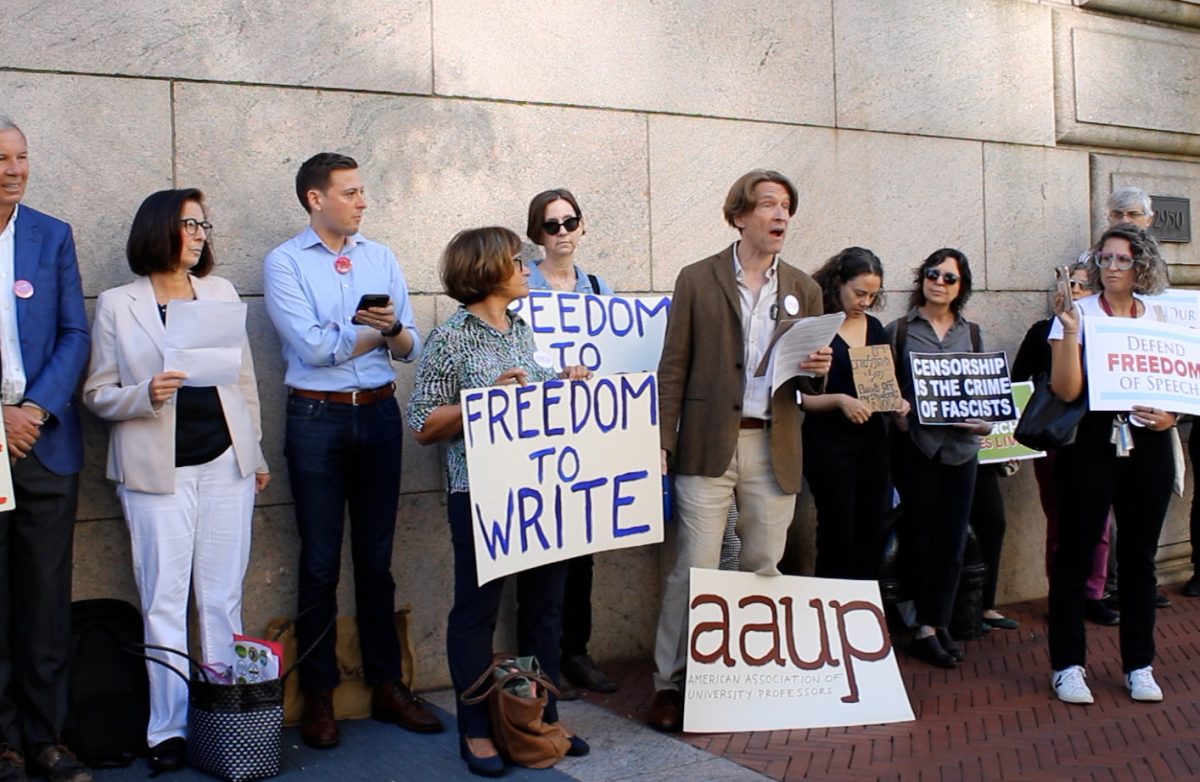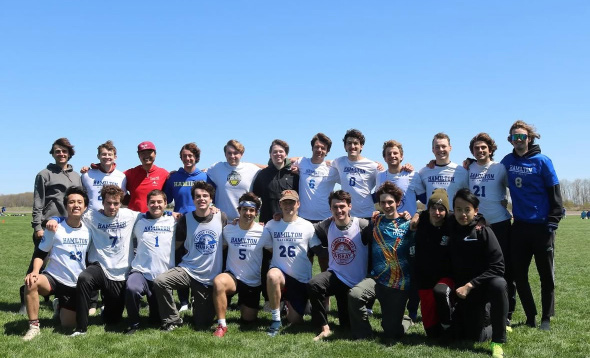
On Tuesday, Sept. 24, the Literature and Creative Writing Departments of Hamilton College invited graduate students who pursued relevant careers to speak in the Red Pit. With a list of alumni including queen of the young adult fantasy novel world Sarah J. Maas, revered poet Peter Meinke and head screenwriter of The Office Paul Lieberstein, Hamilton has created leading creatives and writers. Gathered around a table in the Red Pit, Hamilton College alums and visiting professors, all of whom had Masters in Fine Arts or were enrolled in PhD programs, imparted their wisdom and their professional paths to a crowd of students. The goal of the panel was for writers to share the stories of their careers and give advice to aspiring writers, journalists and those interested in making writing into a career.
Samodh Porawagamage, visiting professor in Hamilton’s Department of Literature, opened the panel. Porawagamage writes about social and military issues, including Sri Lankan Civil War, poverty, the residual impacts of colonialism and the impacts of climate change. He has published two poetry collections: becoming sam and All the Salty Sand in Our Mouths, where he combines his passion for creativity with important social issues.
Porawagamage received an undergraduate degree in Sri Lanka, and then he moved to the United States to pursue his MFA from Wichita State, which he graduated early from to take a gap year and recently graduated from his PhD at Texas Tech University. He was initially interested in journalism; however, he felt journalism was too objective for his interests so shifted his work towards more creative work. As a current visiting professor in the Department of Literature, Porawagamage has had the opportunity to Creative Writing professor at Hamilton College, Patrick Caoile also participated in the panel. Caoile explained that he initially planned on being an English teacher, having majored in Literature and minored in secondary education. Caoile pursued a masters in English with a concentration in writing. His master’s thesis was more research based than creative and allowed him to dive deeper into his interest in media. Caoile’s thesis was about Christopher Nolan’s Star of Night Trilogy: “I loved pop culture and did not know if I wanted to pursue creative writing as a profession when I did my masters. That was more so going into my second year where I decided to apply to PhD creative writing programs,” he articulated. In thinking about the next steps for his career, Caoile explained that sought PhD programs that offered creative writing concentrations and creative dissertations. He ultimately completed his PhD in Louisiana last year.
Another panelist, Hamilton alum, Sarah Sgro, majored in Creative Writing at Hamilton. During her time on the Hill, she worked for the Writing Center. Following graduation, Sgro focused on developing her own writing and creating a robust portfolio of her creative work. She ultimately applied to internships at literary magazines and began by working virtually while she drafted a collection of her own poems for her MFA application.
Rounding out the panel, Sgro ’14 received her MFA from the University of Mississippi. Sgro reflected on her experience in Mississippi: “I applied with a lot of narrative poems and when I arrived there my writing suddenly changed. I was very inspired by what other people were writing. I think it is very good to know what you are interested in and who your writing is in conversation with when you apply, but you are definitely not tethered to that throughout your program.” Sgro then went on to receive her PhD in Literature from SUNY Buffalo, while still pursuing creative writing and undertaking a new interest in digital media.
Fellow alum Katie Naughton ’14 is currently a PhD student at SUNY Buffalo. She recently published a book of poetry called The Real Ethereal, and her other published works include Study and A Second Singing. Naughton pursued an MFA around five years after graduating, and during the gap she gained valuable experience working in textbook publishing at Oxford University Press in New York City. Coincidentally, Naughton’s co-worker at Oxford University Press was a poet who introduced her to a scene of other poets which was an inspiring presence for her. Following her time working in New York, Naughton moved to teach in Thailand for a year. She then applied for MFAs, ultimately attending a three year program at Colorado State.
Although initially unsure of the specific direction she would travel in the writing world, Naughton explained that she discovered her “aesthetic” during her time pursuing an MFA in Colorado. “The work I was submitting resonated with the people reading it. Colorado has a little more of an experimental bend. There’s less of an emphasis on narrative or lyric poetry and a little more formal or intentional experimentation,” she said. Naughton gained a lot of teaching experience during her years studying in Colorado. She also reflected that there was so much to learn from professors and fellow students during her MFA, when she had initially thought just as much would be learned from writing on her own and developing her style.
The Literature and Creative Writing Department delegated the last fifteen minutes for students to ask questions. One member of the audience asked the panelists to share wisdom about applying to MFA programs. Sgro advised that those interested in the field should start looking into and drafting applications for these programs as they approach senior year, as well as engaging with the portfolios of fellow applicants.
All of the panel’s participants serve as testaments to the fact that the path to becoming a professional writer is far from smooth or clear. However, all the panelists’ stories reveal that with passion, a strong work-ethic and nurturing mentors, professional writing emerges as a viable, dynamic and incredibly rewarding career.
















